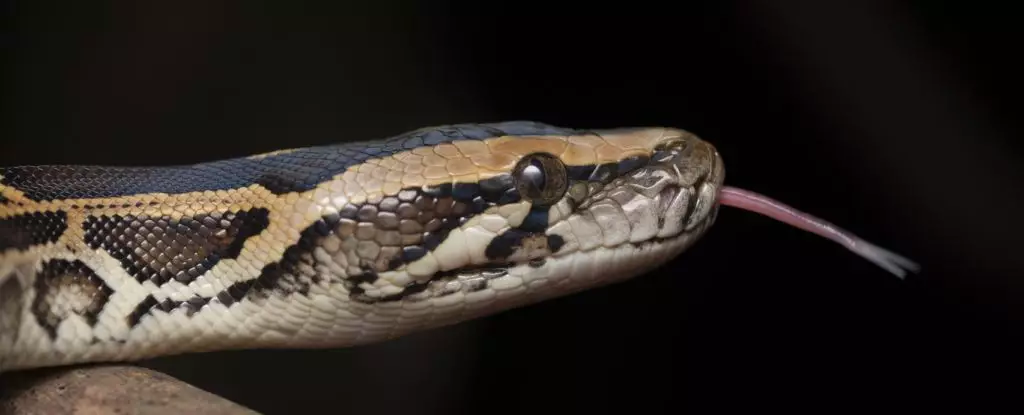In the world of predators, survival hinges on extraordinary adaptations that often remain concealed from casual observation. Among these marvels is the ability of snakes, particularly Burmese pythons, to swallow prey entire—bones, flesh, and all—without choking or regurgitating. At first glance, this ability appears almost supernatural. Yet, beneath the surface lies a fascinating interplay of cellular innovation and evolutionary finesse. The recent discovery of specialized intestinal cells in these snakes not only elucidates their unique digestion process but also challenges the way scientists understand vertebrate nutrition. This revelation exposes a complex internal architecture that allows snakes to extract vital nutrients from bones while effectively managing potentially hazardous mineral overloads, revealing a profound testament to nature’s ingenuity.
Evolution’s Ingenious Solutions to Bone Processing
The process of bone digestion in carnivorous animals has long captivated researchers. While many animals shed bones through regurgitation or pass them as waste, snakes break an awkward mold—they assimilate and process these hard structures entirely. This capability begs the question: what physiological innovations underlie such an extraordinary feat? The answer lies in the discovery of a previously unknown cell type lining the intestines of Burmese pythons. Unlike the standard absorptive cells, these specialized enterocytes are narrow and possess distinctive microvilli and apical crypts. Their structural design appears tailored to handle the complex task of dissolving and sequestering minerals—primarily calcium and phosphorus—derived from the prey’s skeletons.
Crucially, these cells serve a dual purpose. They are highly efficient at absorbing necessary nutrients but simultaneously prevent the serpent’s bloodstream from becoming saturated with excess minerals. The crypts within these cells act as reservoirs, trapping surplus minerals as nanoparticles, which are then safely managed and excreted. This delicate balancing act showcases the evolutionary brilliance of snakes: their intestines are not just passive channels but dynamic, highly specialized organs finely tuned to their dietary needs.
Implications Beyond Reptiles: A Broader Biological Perspective
The discovery of these cells doesn’t merely redefine reptilian digestion; it holds profound implications for our understanding of vertebrate physiology and evolution. The identification of similar cells in the Gila monster suggests that this trait may have evolved early in reptilian history or perhaps emerged independently in different lineages as a convergent solution to the challenges posed by osteophagy. The fact that other bone-eating animals, such as marine predators consuming fish or marine mammals, confront comparable mineral management problems hints at a universal evolutionary pressure: how to efficiently utilize bone resources without jeopardizing internal homeostasis.
This knowledge confronts us with the idea that certain physiological features are not accidental but are shaped by relentless adaptive pressures. It raises important questions about how widespread such mechanisms might be among other species, including some mammals or even humans. Could there be dormant cellular pathways or undiscovered structures in our own biology that parallel these specialized cells? If so, what does that say about our understanding of digestion, nutrient control, and metabolic evolution?
The Ethical and Scientific Significance of Understanding Bone Digestion
From an ethical and scientific vantage point, these findings should inspire a cautious appreciation for evolutionary complexity. Instead of viewing snakes as mere predators with bizarre feeding habits, we must recognize them as vessels of intricate biological engineering. Moreover, this knowledge could inspire innovative medical approaches to tackle mineral imbalance issues in humans, such as osteoporosis or calcium overloads. Learning how snakes efficiently handle such high doses of calcium could lead to breakthroughs in managing human diseases rooted in mineral regulation.
Furthermore, recognizing that specialized cells capable of extensive mineral handling exist across different species invites a more integrated view of biology. It encourages scientists and conservationists alike to prioritize the protection of these fascinating creatures, whose biology holds secrets that could benefit humanity in unforeseen ways. The evolving story of snake digestion reminds us that even in nature’s most adept predators, there is much we have yet to understand—a rich tapestry of cellular adaptations waiting to be uncovered and appreciated.

Leave a Reply